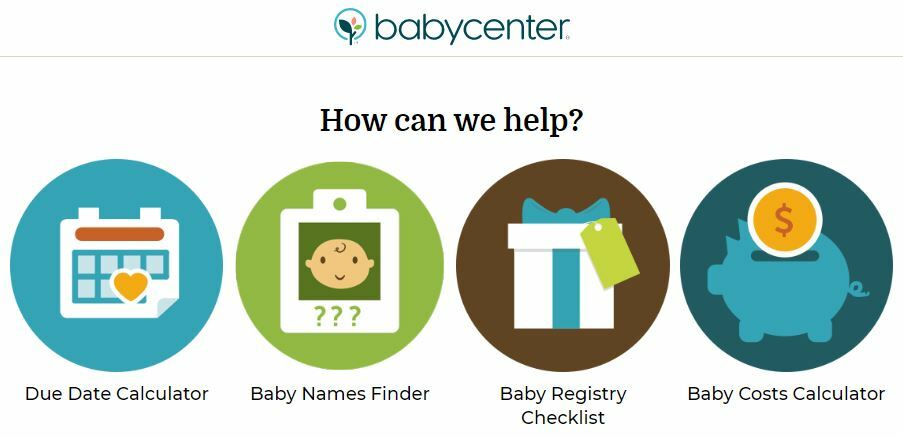How a B2C Website’s SEO Efforts Increased Conversions by 67% | Case Study
Because “baby names” accounts for such a large slice of BabyCenter‘s traffic—about 11 of its top 20 paid search keyphrases are related to that phrase—and because the annual baby-name list would be released in December, Senior Marketing Manager Heather Wajer and her team spent the early fall of last year looking at landing page conversions (i.e., user registration).
Of the site’s two landing pages, the baby-names landing page converted at a rate about 30% lower than the general paid search landing page. Moreover, abandonment of the baby-names page hovered at some 40%.
“There was a big disconnect between the ad copy, the search term, and the page. It wasn’t a relevant experience,” Wajer says.
By simultaneously testing four new versions of the landing page, the site was able to ensure relevance, increasing conversions 67%—and decreasing abandonment rates to boot.
For any marketer who struggles to make ads and landing pages directly relevant to the consumer’s search, this case study provides valuable insight.

PROBLEM
When the top Web site took a close look its landing pages, company officials noticed something unacceptable: The landing page for the company's most popular search term converted about 30 percent less frequently than the company's general landing page.
SOLUTION
BabyCenter's deep content surrounding the baby-names topic includes tools such as a name finder, lists of top baby names, and baby-name polls. But the baby-name landing page showed nothing of that content.
Rather, both pages were nearly identical: Each included a picture of a baby, a short registration form, a log-in box for returning members (top right), and a search box (top left).
The only difference? The search box on the baby-names landing page was pre-populated with the phrase "baby names," whereas that of the generic landing page was empty.
People who arrived at the landing page using that search term were not finding the content they hoped for and were jumping ship.
Using Web testing and optimization company Offermatica, the BabyCenter team pulled together a test of four different landing pages.
They all had some similarities:
- A picture of a baby
- Headline: "Looking for baby names?"
- Three-step registration process labeled "Getting started is easy!"
There were some major differences:
- One included teaser copy, with the top 5 names of for boys and girls.
- One included a bulleted list describing the different features, such as the poll and the baby-names finder.
- The third, flying in the face of registration-conversion conventional wisdom, included six links to other areas within BabyCenter.
- The fourth simply contained the headline and call to action, with no extra copy.
The team also ran the original landing page, as a control.
RESULT
"I was surprised that we saw as much of a lift as we did. I was also surprised which one won," says Wajer, noting that the most basic landing page increased conversions most significantly:
- The simplest landing page increased conversions 67%. (Conversions were measured by registrations, and lag registrations up to two weeks after the first visit.) It also reduced page abandonment 37%.
- The version with the bullet points increased conversions 62%, and decreased abandonment 40%.
- The version with the links increased conversions 10%.
Interestingly, the version with the teaser (top 5 baby names for boys and girls) reduced conversions 2%.
With the new landing page, the team reduced the cost of customer acquisition 41%.